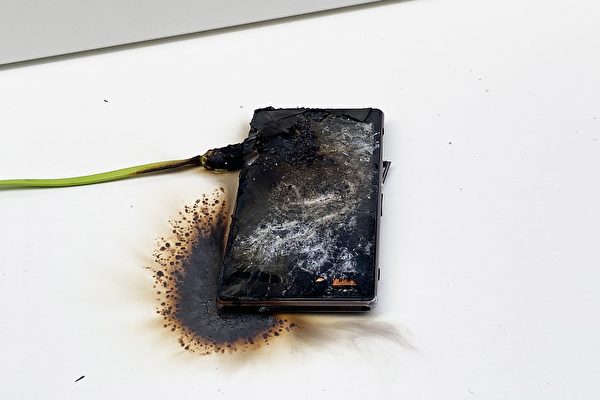Most smartphones have a certain temperature range suitable for operation. Exposing your phone to excessive heat can shorten the battery life and damage other internal components.
For Apple and Samsung phones, the temperature range is 32°F – 95°F (0°C – 35°C).
When a phone exceeds its normal operating temperature, the built-in heat sensor triggers a series of actions, including temperature warnings, slowing down of operations, and even shutdown.
According to a report by Bloomberg, Asurion, a U.S. phone insurance company, stated that in 2023, during the record-breaking hot summer, there was a nearly 15% increase in reported issues related to phone batteries compared to other times. The company owns about 700 smartphone repair stores.
Almost everything you do on your phone generates heat, which accumulates continuously. When outdoor temperatures are high, the phone’s temperature also rises significantly. For instance, during the heatwave in Europe in 2023, the temperature on Sardinia Island, Italy reached as high as 115°F (45°C), causing many phones to become unusable.
Tom Paton, the founder of the online phone comparison platform Green Smartphones, told Bloomberg, “When the ambient temperature reaches or exceeds 110°F (43°C), or when devices are directly exposed to sunlight in extremely hot weather, most phones will start experiencing issues.”
It is important not to wait for the phone to warn of overheating before taking action. Paton suggested a rule of thumb: if the phone feels uncomfortable to touch, it is already overheating.
He warned that if the phone surpasses its maximum operating temperature, the central processing unit (CPU) may get damaged. In extreme and rare cases, the accumulation of heat can lead to battery combustion, causing fires or small explosions.
Moreover, overheating can result in loss of functionality and data, as overheating can cause applications to malfunction or crash.
To prevent overheating, avoid placing the phone in direct sunlight or other areas that could increase heat accumulation, like a car dashboard.
Additionally, try to minimize frequent phone usage. The less time the phone’s processor runs, the easier it is to keep the device cool. Reduce background activities as much as possible, and consider using airplane mode.
Remove the phone case to aid in heat dissipation. If you don’t want to take off the phone case, consider using one made from breathable material or with increased airflow for better cooling.
Charge your phone in cooler environments. Charging itself generates heat, so try to avoid charging a hot phone. If you must charge it, refrain from using the phone during charging.
Allow an overheated phone to gradually cool down. Phones don’t like heat, but they also dislike extreme temperature fluctuations. For example, placing a phone in the refrigerator to cool it down may be as harmful as letting it overheat.

